Industry information
Company News
- Craftsmanship in Curtain Wall Aluminum Veneer: Creating a New Height in Architectural Aesthetics!
- Imitation wood grain aluminum veneer: the fashionable new favorite of modern architecture
- 2. Customized aluminum veneer, personalized design, making your home look brand new! 3. Aluminum veneer customization
- Wood grain aluminum veneer, bringing home aesthetics and nature together
- Wood grain aluminum veneer: retro charm of modern architecture
Industry dynamics
- Decorative effect display of carved curved aluminum veneer
- The Application and Effect of Aluminum Single Panel in the Construction of Great Wall Curtain Wall
- How does aluminum veneer cope with ultraviolet radiation?
- Analysis of Market Size and Demand for Aluminum Veneer
- Analysis of Price Trends in the Aluminum Veneer Market
Frequently asked questions
- Is the surface treatment method of aluminum veneer restricted?
- How to evaluate the impact of the plasticity of aluminum veneer on the appearance of buildings?
- Will the thickness of aluminum veneer affect its service life?
- What are the types of aluminum veneer?
- Does the production of aluminum veneer require certification?
contact us
Mobile:+86 15627778610
Email: 2201229786
Address: No. 5 Binjiang Road, High tech Zone, Zhaoqing City, Guangdong Province
5 comparison points between aluminum veneer and other building materials
- Author: Lesilong Technology (Guangdong) Co., Ltd
- Release time: March 5, 2025 01:14:44
- Click:0
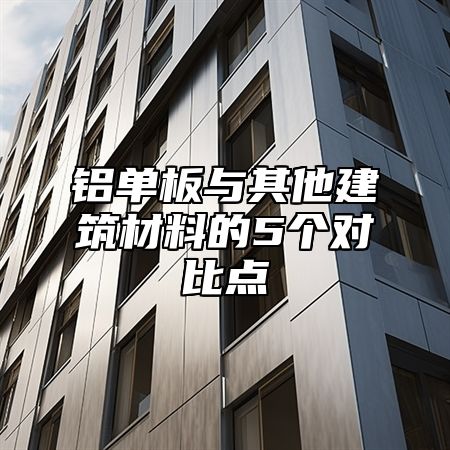
Aluminum veneerAs a new type of building material, it has been widely used in the field of architectural decoration. Compared with other building materials, aluminum veneer has many unique advantages and characteristics. Below, we will introduce 5 comparison points between aluminum veneer and other building materials.
1. Lightweight and lightweight
Aluminum veneer is a lightweight material that weighs only about 20 kilograms per square meter, while other building materials such as brick walls and concrete are much heavier. The use of aluminum veneer in architectural decoration can reduce the weight of buildings, lower their energy consumption and costs.
1. Easy to process and install
Aluminum veneer has good plasticity and processability, and can be processed by cutting, bending, stamping and other operations as needed to adapt to different building shapes and structural requirements. Aluminum veneer also has good corrosion resistance and weather resistance, long service life, and easy maintenance. In contrast, other building materials such as stone and wood require more complex processing techniques and installation processes.
1. Good sound insulation effect
Aluminum veneer has good sound insulation effect, which can effectively isolate noise and sound propagation. In contrast, other building materials such as concrete and brick walls have poor sound insulation effects.
1. Good fire resistance
Aluminum veneer has excellent fire resistance, which can prevent the spread of fire and smoke in the event of a fire, protecting the safety of personnel's lives and property. In contrast, other building materials such as wood and stone are prone to burning or producing toxic gases.
1. Environmental protection and energy conservation
Aluminum veneer has good environmental performance, does not contain harmful substances, does not produce pollutants, and conforms to the sustainable development concept of modern architecture. Aluminum veneer also has good energy-saving performance, which can effectively reduce the energy consumption and cost of buildings. In contrast, other building materials such as cement and steel produce large amounts of carbon dioxide and other harmful gases, causing pollution and damage to the environment.
Aluminum veneer, as a new type of building material, has many unique advantages and characteristics in terms of weight, processing, sound insulation, fire prevention, and environmental protection. These characteristics make aluminum veneer a very suitable decorative material for modern architecture, creating a more beautiful and comfortable living environment for people.

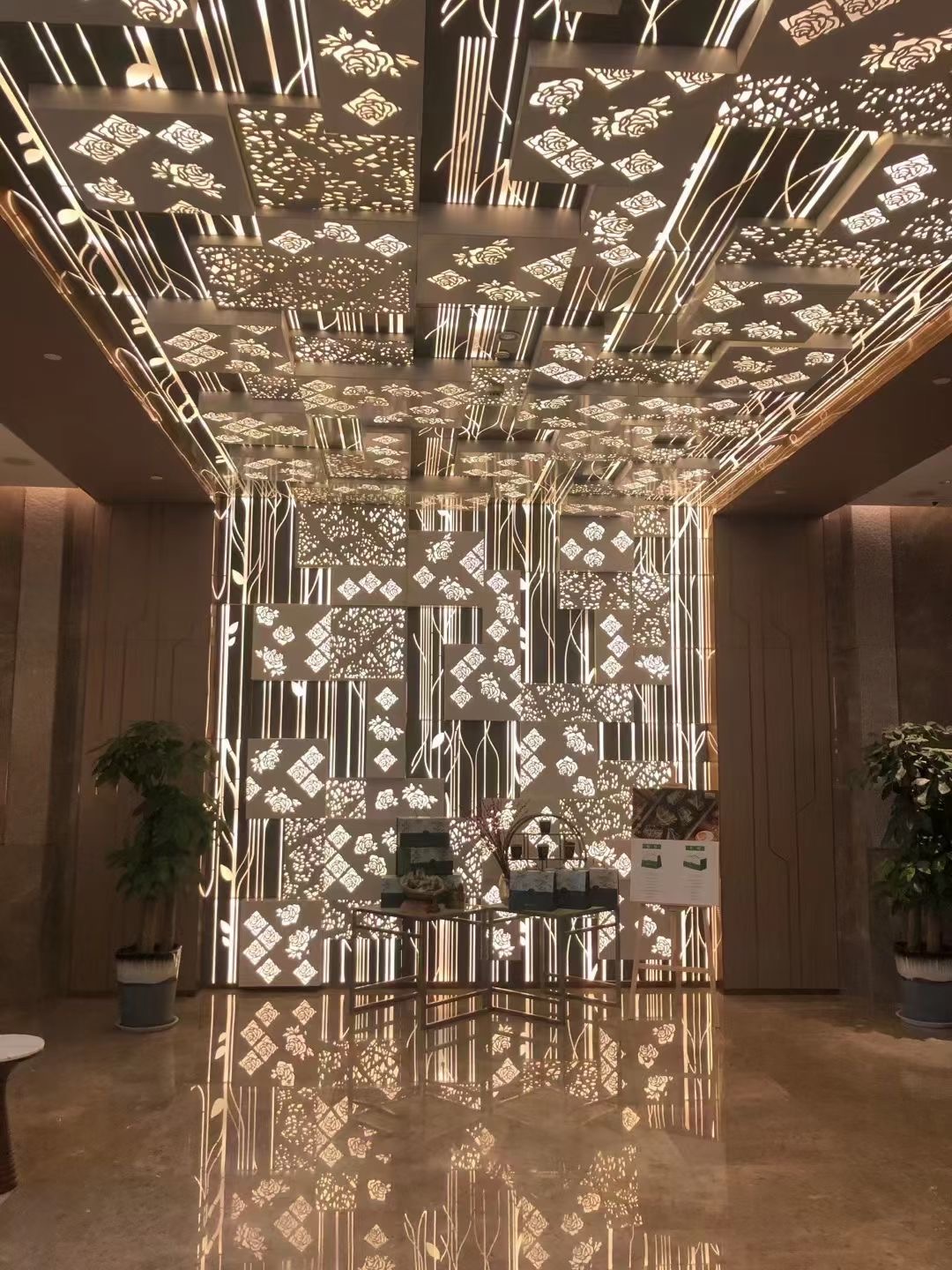
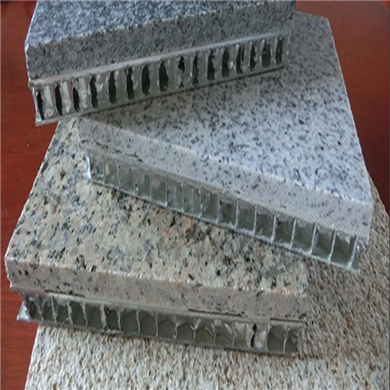
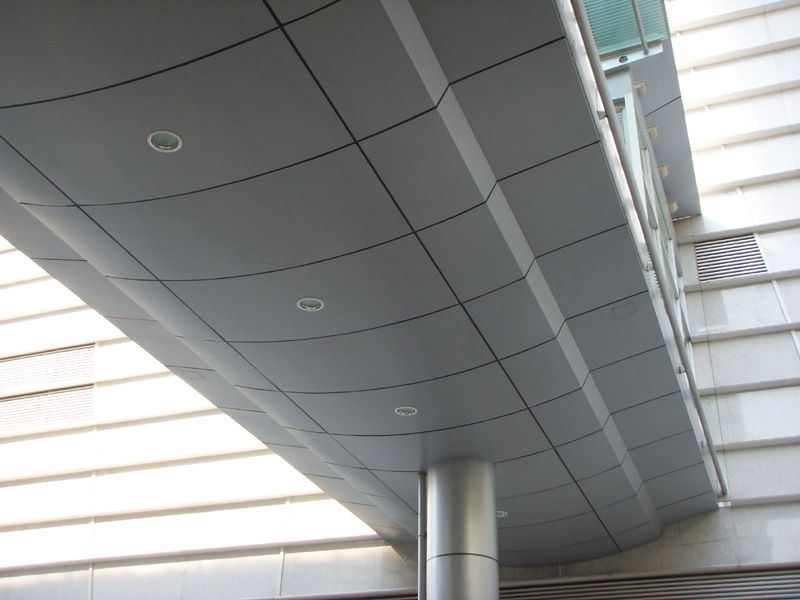
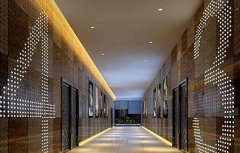
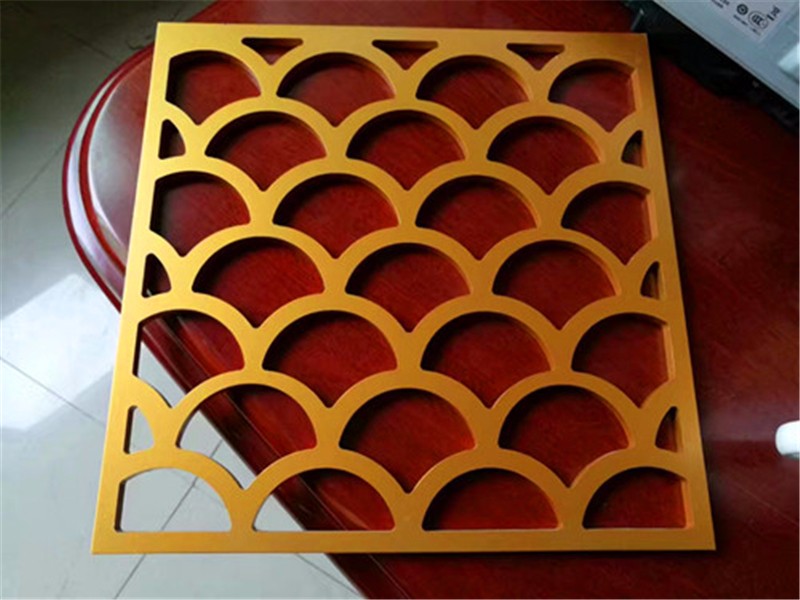
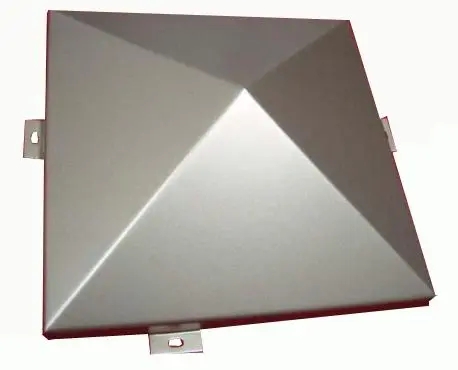
 Customer service QQ
Customer service QQ